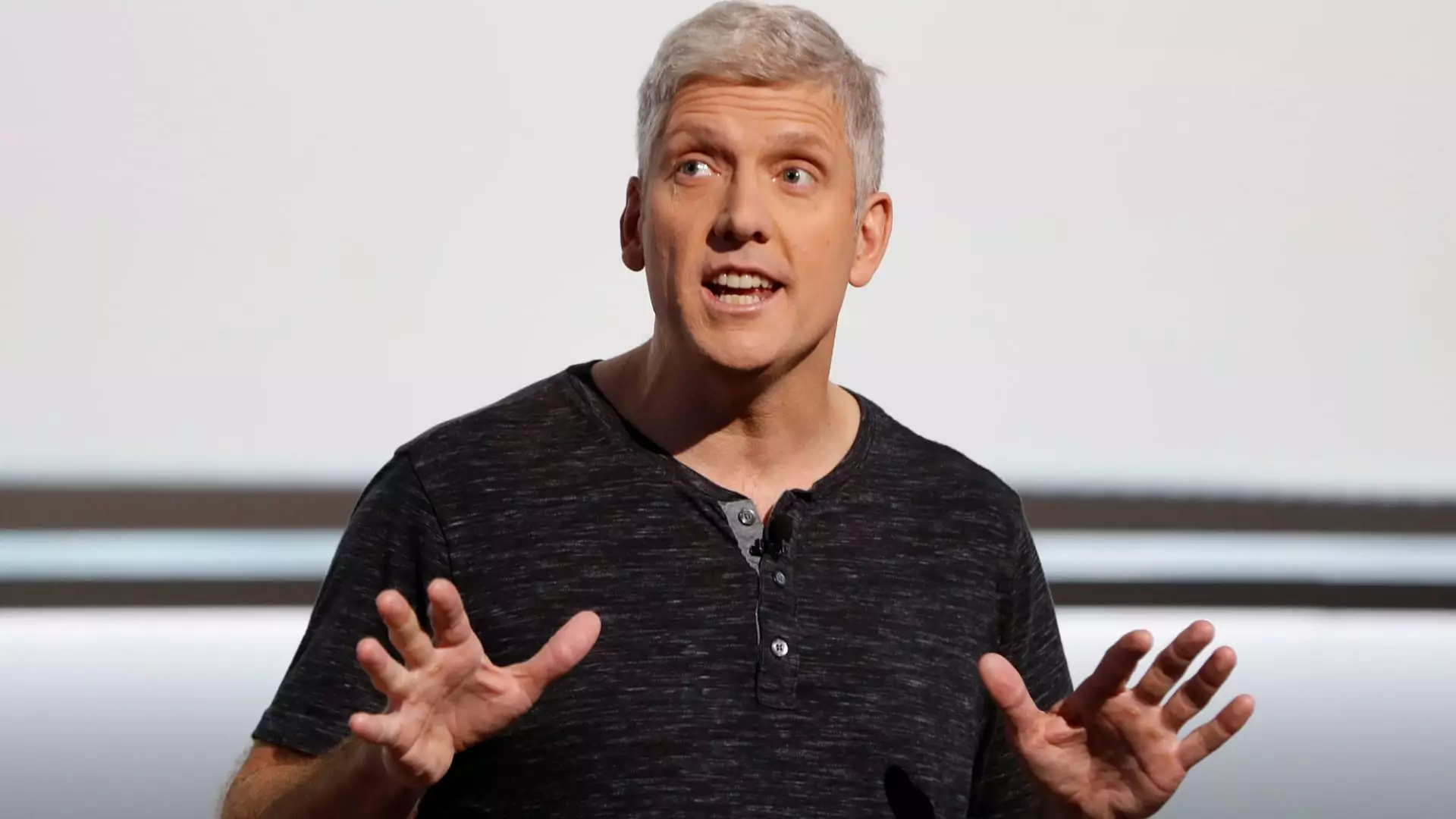In an environment marked by rapid technological evolution and shifting priorities, Google is laying the groundwork for a significant transformation within its Platforms and Devices division. With more than 25,000 full-time employees engaged in critical projects such as Android and ChromeOS, the company is now presenting an option for voluntary buyouts to its employees. This initiative reflects not only a strategic response to anticipated workforce reductions but also underscores a broader pivot towards prioritizing artificial intelligence (AI) within the company’s operational framework.
Google’s buyout offer, which is aimed solely at employees within the United States, signals a shift towards streamlining operations in its Platforms and Devices unit. As stated in recent communications from Rick Osterloh, the Senior Vice President overseeing this division, the voluntary exit plan is designed to enhance efficiency and allow employees who might be struggling with the demands of their roles a graceful exit. The choice to initiate a buyout program rather than enforce immediate layoffs presents an opportunity for employees to leave on their own terms, seeking severance packages that provide financial support during their transition.
This initiative may resonate particularly well within a workforce that has grown accustomed to the dynamic nature of the tech industry. The hybrid work environment and the ongoing changes in Google’s mission may not align with every employee’s career aspirations or personal circumstances. By proactively offering buyouts, Google acknowledges the diverse needs of its workforce, providing an alternative to the anxiety-inducing uncertainty that generally accompanies layoffs.
Recent statements by Google’s CFO, Anat Ashkenazi, highlight a clear intention to focus on cost reductions as the company shifts its resources to bolster its AI capabilities. With the projected costs associated with AI infrastructure expected to rise in 2025, Google’s leadership appears committed to ensuring that essential divisions can operate with greater speed and efficiency. The combination of the Android and Pixel teams last year initiated this restructuring, pushing for a more cohesive approach to product development while fostering competition within the tech landscape.
The voluntary exit program epitomizes a strategic maneuver aimed not only at cost management but also at reinforcing the commitment to innovation. The implication here is clear: Google seeks to assemble a team that is deeply invested in the mission to propel its products forward, particularly in the realm of AI, where the company aims to outpace competitors such as Apple.
Employee response to the buyout offer has been largely positive, with many praising the company’s move to present this option over immediate layoffs. This strategy appears to align well with sentiments circulating among employees prior to the announcement; several internal petitions were advocating for voluntary buyouts to safeguard job security amid looming cost cuts. Such engagement from employees demonstrates a collective understanding of the company’s need to adapt while simultaneously emphasizing the human impact of these decisions.
As Google navigates these transitions, the feedback from employees and their willingness to embrace change could play a significant role in shaping morale and productivity. Facilitating an environment where employees feel heard and valued is crucial, particularly in an era where tech companies are often scrutinized for their treatment of workers during restructuring.
The move towards buyouts aligns with broader trends within the tech industry, where companies grapple with a changing economic landscape and rapidly evolving consumer expectations. As competitors also adapt to metaverse developments and AI integration, Google’s acquisition of talent from established firms like HTC Vive signifies an aggressive approach to harnessing new technological advancements. This emphasis on innovation positions the company to not only enhance its current offerings but also explore new frontiers within the virtual and augmented reality space.
Moreover, despite the Platforms and Devices division not yielding the revenue of Google’s flagship advertising business, it has demonstrated robust growth, exemplified by its third-quarter revenue of $10.66 billion—up 28% from the prior year. This performance, juxtaposed with looming hardware costs due to potential tariffs, underscores the need for strategic pivots to safeguard profitability amidst external pressures.
Google’s voluntary buyout offer is a strategic response to internal and external pressures, emphasizing efficiency while allowing employees a choice in their career paths. As the company fortifies its commitment to AI and innovation, the buyout program serves as a tool for managing workforce dynamics while acknowledging the diverse needs of its employees. By navigating these significant changes thoughtfully, Google can reshape its organizational landscape in a manner that promotes growth and adaptability in a fiercely competitive tech market.

